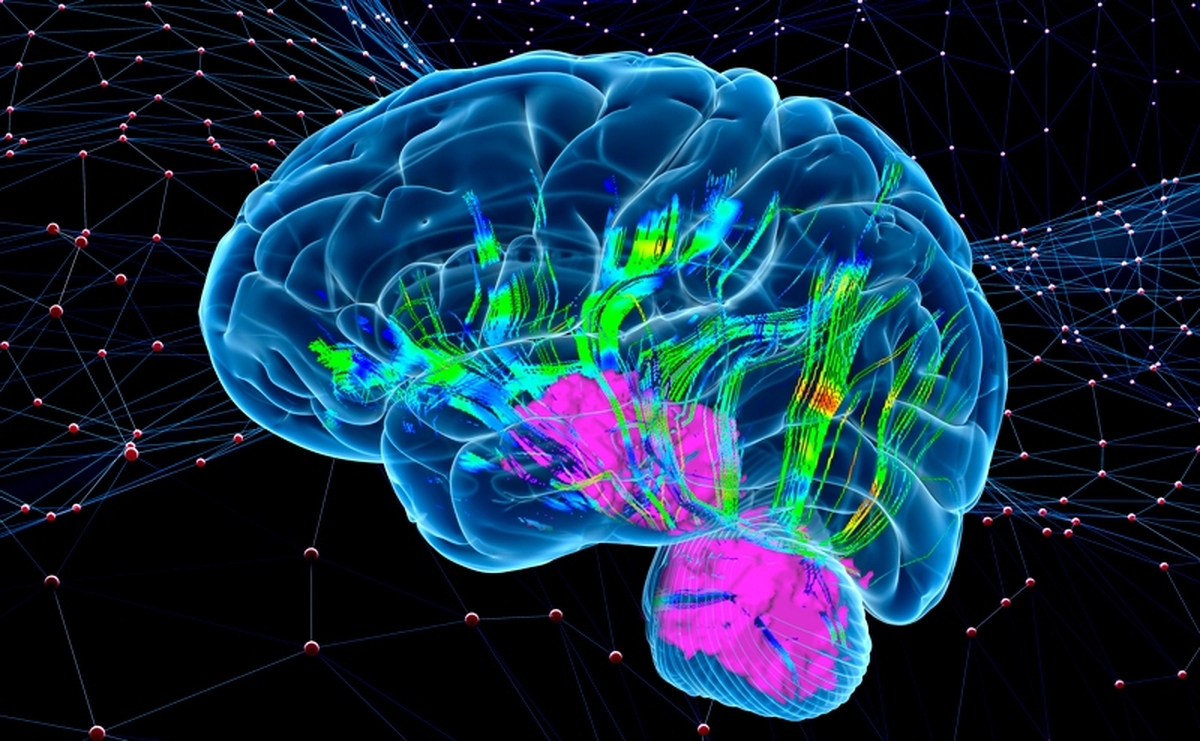National Brain Mapping Laboratory of Iran Announces Priorities for Research

Mohammad Taqi Joqataei, the head of the National Brain Mapping Laboratory, said the Laboratory started processing activities in 2016.
To date, some 120 brains of dead people have been stored at the Laboratory, he told ISNA, adding that the best time for transferring brains to the Laboratory is 4-6 hours after the death.
Collecting the brains of deceased people with Alzheimer's, schizophrenia, Parkinson's, ALS, and tumors is the priority of the top of the National Brain Mapping Laboratory, Joqataei stressed.
He went on to say that most of the studies that are done in the fields of diagnosis and therapeutic interventions for the treatment of most diseases can be done on animals.
For instance, the treatment and diagnostic methods for diabetes can be performed on mice, so that the mouse becomes diabetic and studies will be carried out, he noted.
But studies related to some disorders related to the nervous system such as "autism", "schizophrenia", "addiction", "Alzheimer's" or "Parkinson's" cannot be done on laboratory animals, because such disorders cannot be created on animals, Joqataei highlighted.
So, many common brain disorders cannot be created in an animal, and ethically, these studies cannot be carried out on humans.
The first brain bank was established in this field 25 years ago, he said, adding that brain banks have been established in many countries such as Qatar, Malaysia, Korea, China, and Japan.
“Our goal is to expand the activities hoping that patients and their families will donate brains as they donate other organs.
If we can take a small step in the diagnosis and treatment of diseases related to neurological disorders by donating brain, its effects and benefits will reach the whole society,” Joqataei concluded.
4155/g





















